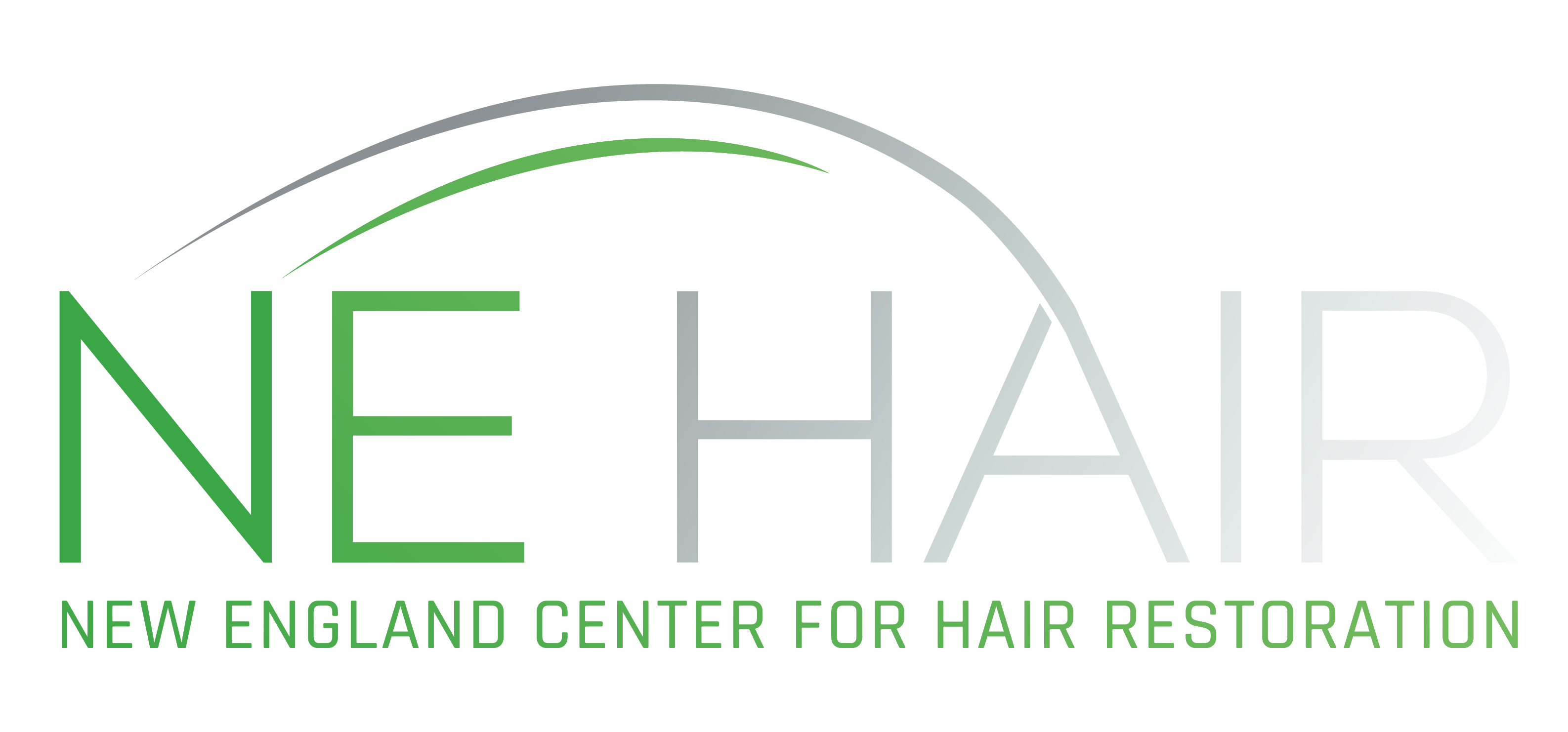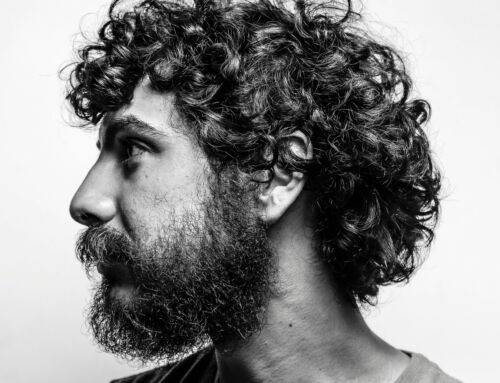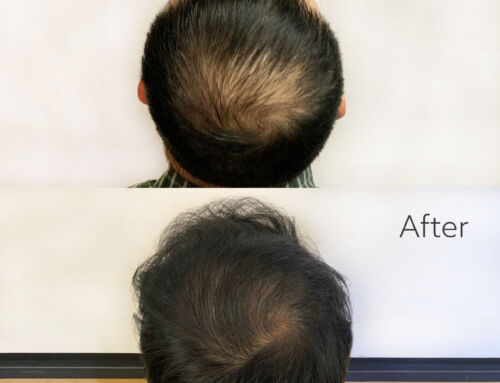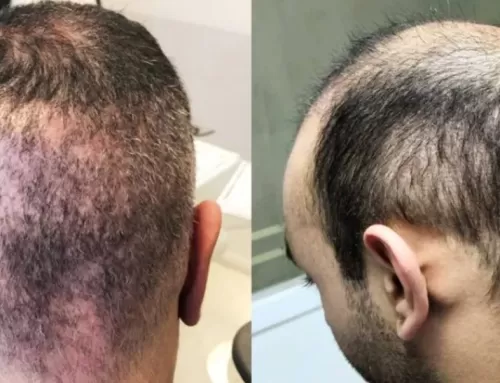What possibly could Botox Cosmeticand a 1970s action figure have in common? I realize the picture is a bit absurd, but I wanted to get your attention and frankly, its quite fitting based on a recent study I reviewed. Botox does indeed make your skin more elastic. I had to read this article a few times before really wrapping my head around it.
The study appears in the May 21, 2015 JAMA Facial Plastic Surgeryby Dr. James Bonaparte, a plastic and reconstructive surgeon and assistant professor at the University of Ottawa in Canada. His study showed that Botox Cosmetic made the skin more strong, pliable and elastic.
Skin Pliability is the ability of the skin to stretch and Skin Elasticity is the ability of the skin to recoil
Many of the medical aesthetic treatments we use such as chemical peels, microneedling. cosmetic laser treatments (IPL / Fraxel), microdermabrasion and dermal fillers will stimulate fibroblasts to make more collagen and elastin. By doing this we improve youthful skin features; strength, pliability, and elasticity. SoStretch Armstrong is meant to signify those three youthful skin features. As people age, these properties change along with a loss of skin elasticity and pliability due largely to a loss of collagen and elastin.
Dr. James Bonaparte stated, We found if we treat people with Botox using standard techniques, we see an increase in elasticity, which is what youd see in people with more youthful skin Were actually seeing evidence that we, for some reason, are getting more elastin and collagen in the skin.
It kind of makes sense. In this study the muscles of the brow and lateral orbital rhytids (crows feet) were treated. These muscles, when they are moving, are continually pulling on the skin which has the tendency to put strain on collagen and elastin fibers. I think of it, in the simplest terms, like continually pulling on a rubber band (I know this is an oversimplification but bear with me here). So reduction of muscle movement would, from a physics and physiology standpoint, perhaps make sense.
Most experts agree with this premise but go a step further. Fibroblasts make collagen and elastin. Dr. Bonaparte believes that improved pliability and elasticity of the skin may also be related to a receptor in these fibroblasts (or in the collagen itself) that somehow responds to Botox.
The downside of the study is the size of it. Dr. Bonaparte and colleagues gave 48 women (43 finished the study), average age of 55, their first ever Botox injections. He treated the brow and lateral orbital rhytids. He then followed them for four months to see how the injections affected the skin.
Botox study findings were:
-
- They found that Botox increased the stretch and elastic recoil of the womens faces mimicking younger skin.
-
- They felt the effect was similar to what was seen with radiofrequencyskin tightening, an aesthetic procedure that uses radio waves to heat the dermis causing an increase in collagen and elastin.
-
- The tightening and firming features were not a by-product of inflammation or swelling caused by the injections themselves.
-
- The effect lasted about four months. This is typical of how long Botox would last particularly in someone who has never received an injection before.
A difference of opinion:
Some experts felt the paralysis of the muscles caused by Botox simply gives the collagen and elastin a chance to recover from repetitive muscle movement. Others feel as though the Botox injection itself may somehow, due to a property of the toxin itself, stimulate fibroblasts to make collagen and elastin. This is an interesting theory as according to Dr. Bonaparte, we may be able to develop some medications that dont require injection that you can apply topically and get the same skin rejuvenation as Botox. Other experts feel that repetitive muscle movements create waste products and that Botox may actually have an antioxidant effect.
My Verdict:
My feeling is that the effect that Botox has on the improved pliabilityand elasticityof the skin is likely related to the ability of the muscles to rest thereby giving the collagen and elastin a chance to rest, relax and strengthen. Secondly, the actual injection itself may stimulate fibroblasts, similiar to what one may see with injection of dermal fillers or a procedure like micro-needling or radiofrequency skin tightening.
I am not thrilled with a study of 42 women but it is a start. I give the authors of this study high praise for thinking about Botox in a whole new way in terms of what it may be doing behind the scenes. My gut feeling is that while this study was done using Botox Cosmetic, I would be quite surprised if Dysport and/orXeomindid not show nearly identical results.
You can review the entire details of the studyhere
Be Well,
Dean M. Tomasello, MD






